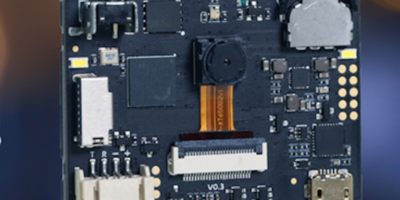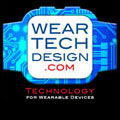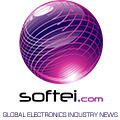AI vision sensor encourages creativity
Robotics and open source hardware provider, DFRobot, describes its artificial intelligence (AI) vision sensor as user-friendly, with powerful algorithms and designed for click, learn and play to encourage creative projects.
The HuskyLens has several types of built-in image processing algorithms, allowing creators to start experimenting without requiring a deep understanding algorithms. DFRobot says that it is a time-saving device for experienced makers and an easy-to-use powerful tool for enthusiastic future makers.
The pre-installed algorithms in HuskyLen are designed for facial recognition, object recognition, object tracking, line following, colour detection, and tag detection. Users can also switch between algorithms with a single click. Algorithms like line-following and tag recognition can be activated simultaneously. The company gives the example that once applied to a small robot, it can not only follow a line but can also determine in which direction to turn.
HuskyLens can improve its abilities through learning. With a single click, the device can learn new objects, faces, and colours. By holding down the button, HuskyLens can continually learn the target, from different perspectives and at various ranges. The AI camera carries a 2.0-inch display, which means users do not have to connect to a PC for monitoring performance.
CEO, Ricky Ye, said: “HuskyLens has been designed with creators and makers in mind and has infused the latest AI technology with compact design and exceptionally fast processors to ensure that users are only limited by their imagination”.
HuskyLens is compatible with a range of microcontrollers including Arduino, Raspberry Pi, LattePanda, and micro:bit.
The company has introduced a KickStarter project.
DFRobot is a robotics and open source hardware provider that is dedicated to creating innovative, user-friendly products for the maker community and for innovation. DFRobot collaborates with multiple tech giants, including Intel and Microsoft, and has a product catalogue of over 1,000 components and widgets including sensors, robotic platforms, and communication modules.




